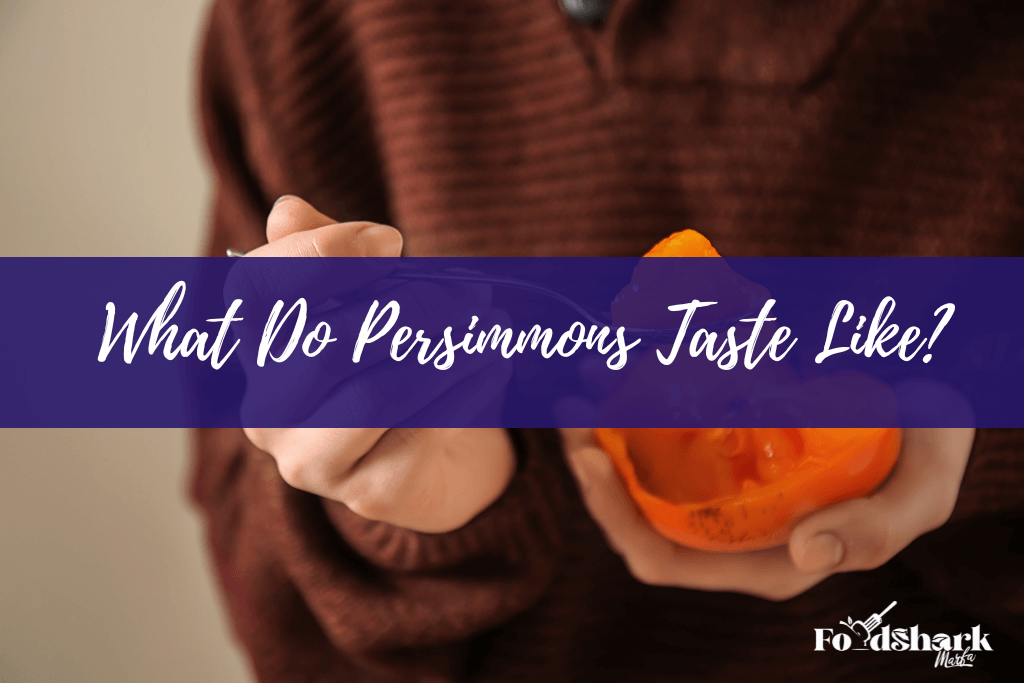Persimmons are fruits that belong to the Diospyros group. They are bright orange in color and are harvested during the fall season, meaning it is persimmon season from October to January. Their origins are from China - they are believed to be cultivated in China about 2,000 years ago. Hence, persimmons are quite popular in China, South Korea, and Japan during autumn.
In fact, these three countries are the largest producers of persimmons worldwide. You can also find this berry-like fruit in Brazil, Spain, or even California.
Persimmons come in two varieties. They are:
1. Fuyu
Fuyu persimmons are the most common types of persimmons that you will come across in your local grocery store, farmers’ market, or e-commerce. Fuyu persimmons are known as the non-astringent type, meaning you don’t have to wait for the persimmons to fully ripen in order to eat them. You can just eat them raw.
The Fuyu persimmons are quite small. They typically have a diameter ranging from 5cm to 7cm. Fuyu persimmons are round and squat, similar to the shape of a tomato. Since Fuyu persimmons are non-astringent fruits, you can consume them either when they are firm or totally ripe.
The Fuyu persimmons are harvested from mid-fall and all throughout winter. The texture is similar to a mix between an apricot and an apple. The good thing about Fuyu persimmons is that you can eat them like an apple, even if they are unripe.
2. Hachiya
Hachiya persimmons are larger than Fuyu persimmons. Each Hachiya persimmon has a diameter ranging from 7cm to 10cm. The shape is also quite different compared to Fuyu persimmons. The Hachiya persimmons have a rather oval and elongated shape. These types of persimmons are harvested from late fall and all throughout winter.
The Hachiya persimmons are known as astringent persimmons. This means that if you consume unripe ones, you will get a chalky taste. So, it is best to wait till they are nice and soft. If you do consume an unripe Hachiya persimmon, you may feel as if the fruit is sucking out the moisture from your mouth. Luckily, this sensation goes away within just a few minutes.
What do persimmons look like?
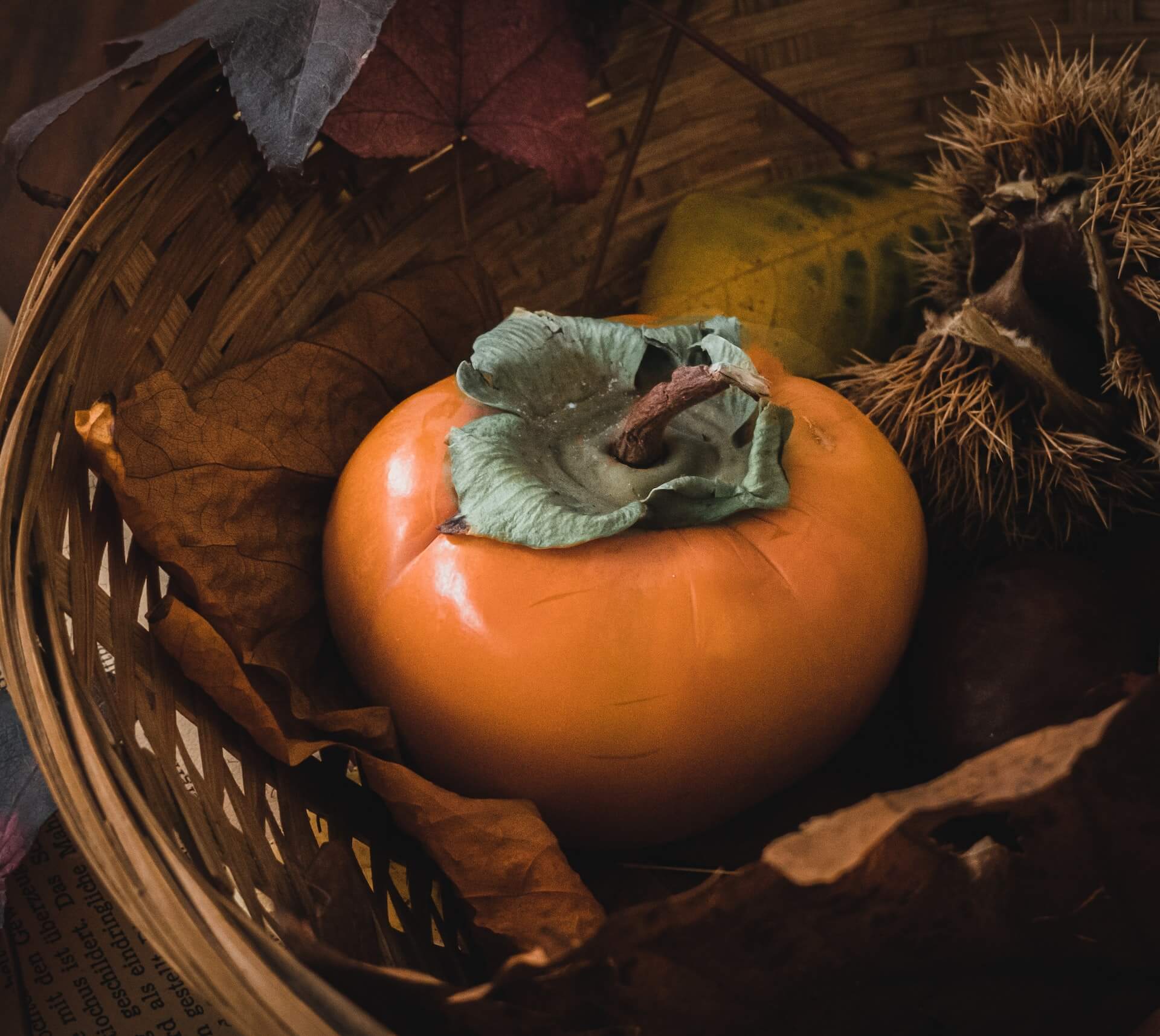
Persimmons are seasonal fruits that typically have a round or acorn shape and give off a glossy or waxy outer appearance. They are usually a mix of orange and red colors. However, you may come across ones that are brown in color as well. Persimmons have smooth, firm skin and a fleshy interior that is sweet and slightly tangy. Some varieties of persimmons can be quite large such as the Hachiya, while others are smaller and more compact like the Fuyu.
Regardless of the variety, you will notice that persimmons have a star in the middle.

Are persimmons nutritious?
Persimmons are quite nutritious. This fruit is rich in vitamins A, C, E, K, and even B6. It is also a great source of fiber and contains essential minerals like potassium, copper, and magnesium.
Persimmons are also full of antioxidants, which may help to support heart health, reduce inflammation, and improve vision. A single persimmon contains around 118 calories.
Where can you find persimmons in the US?
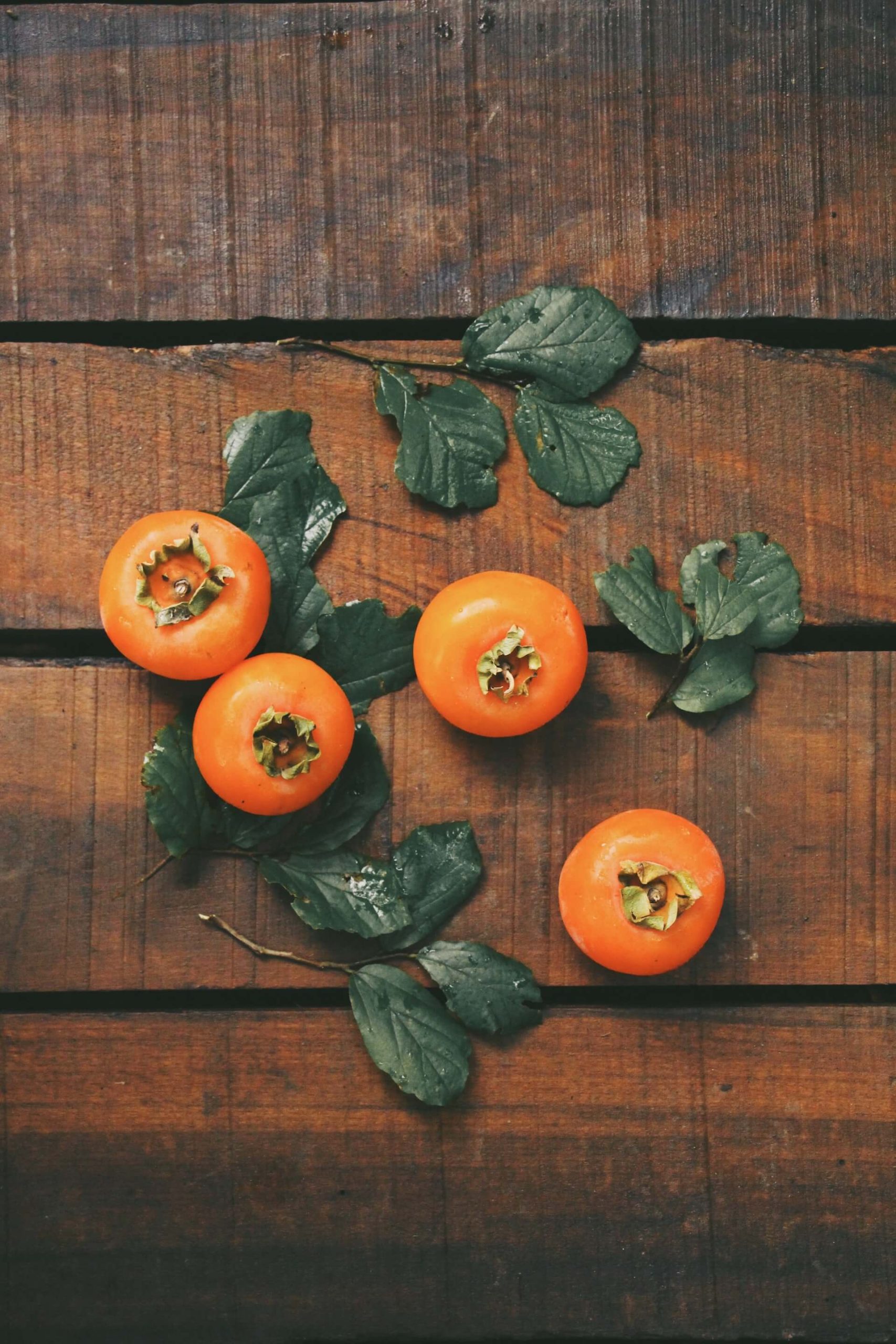
Persimmons are grown in various parts of the United States, but they are most commonly grown in California and Florida. They are also grown in small quantities in other states such as Texas, Oklahoma, Iowa, Georgia, and Louisiana. In California, the persimmon season typically runs from October to December. On the other hand, the persimmon season in Florida runs from September to December.
You can find persimmons in many supermarkets and farmers' markets across the United States. Some supermarkets may carry them all year round, but they are typically in season during late fall and early winter. Additionally, you can find persimmons at specialty produce stores, Asian markets, and from local orchards and farms. Online marketplaces such as Amazon Fresh or Instacart may also carry them, depending on the location.
If you want to pick your own persimmons, you can look for orchards and farms that grow persimmons near you. Keep in mind that availability may vary depending on the location, and some varieties may be more difficult to find than others.
Can you grow persimmons at home?
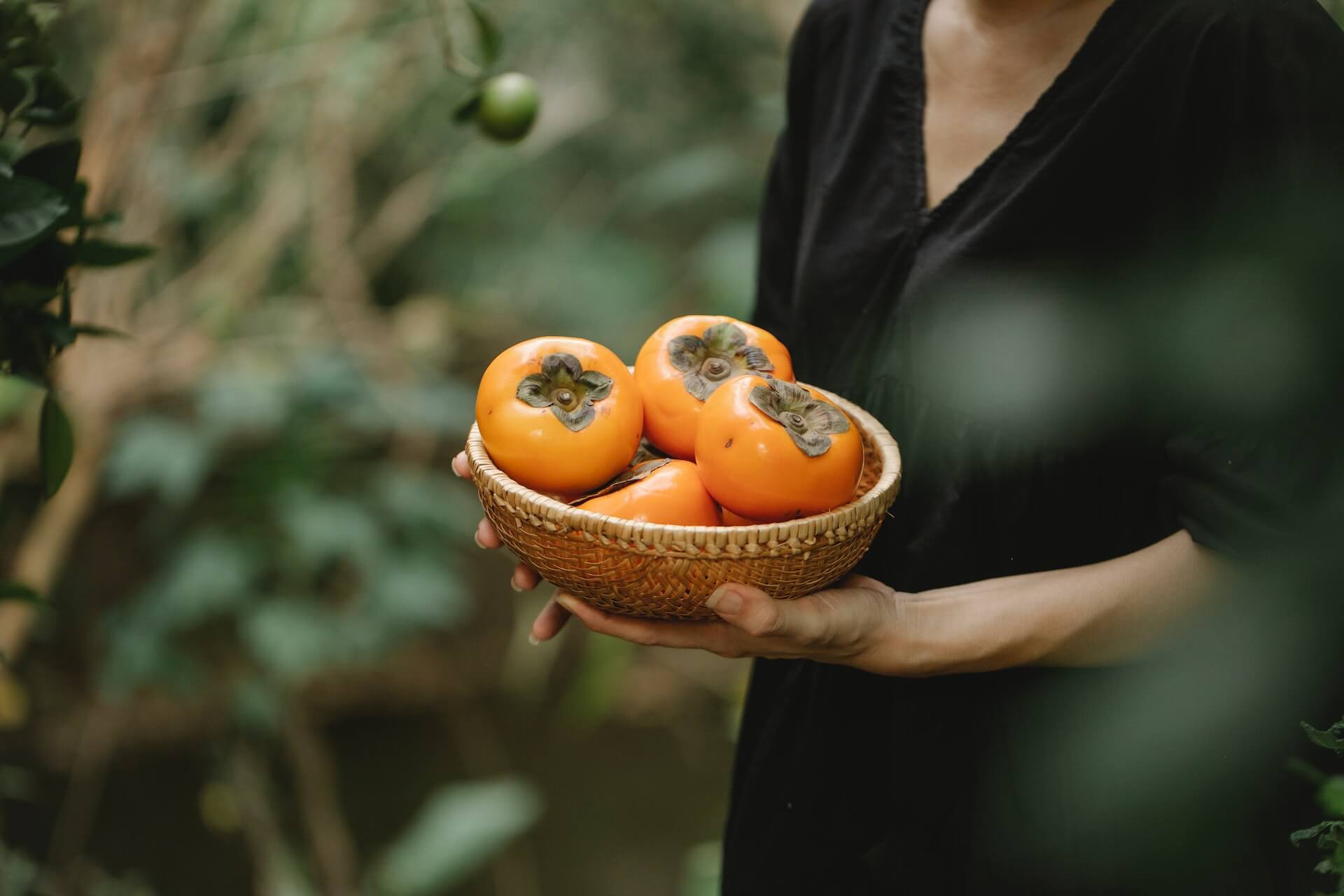
Yes, it is possible to grow persimmons at home. Persimmons are generally hardy and can tolerate a range of soil conditions, but they do prefer well-draining soil with a slightly acidic pH. They are also tolerant of heat and drought, making them well-suited for many climates.
There are two main types of persimmon trees: astringent and non-astringent. Astringent persimmon varieties, such as the American Persimmon (Diospyros virginiana) and the Japanese Persimmon (Diospyros kaki) are typically propagated by grafting or air-layering. On the other hand, non-astringent varieties, such as Fuyu persimmon can be propagated by seed or by grafting.
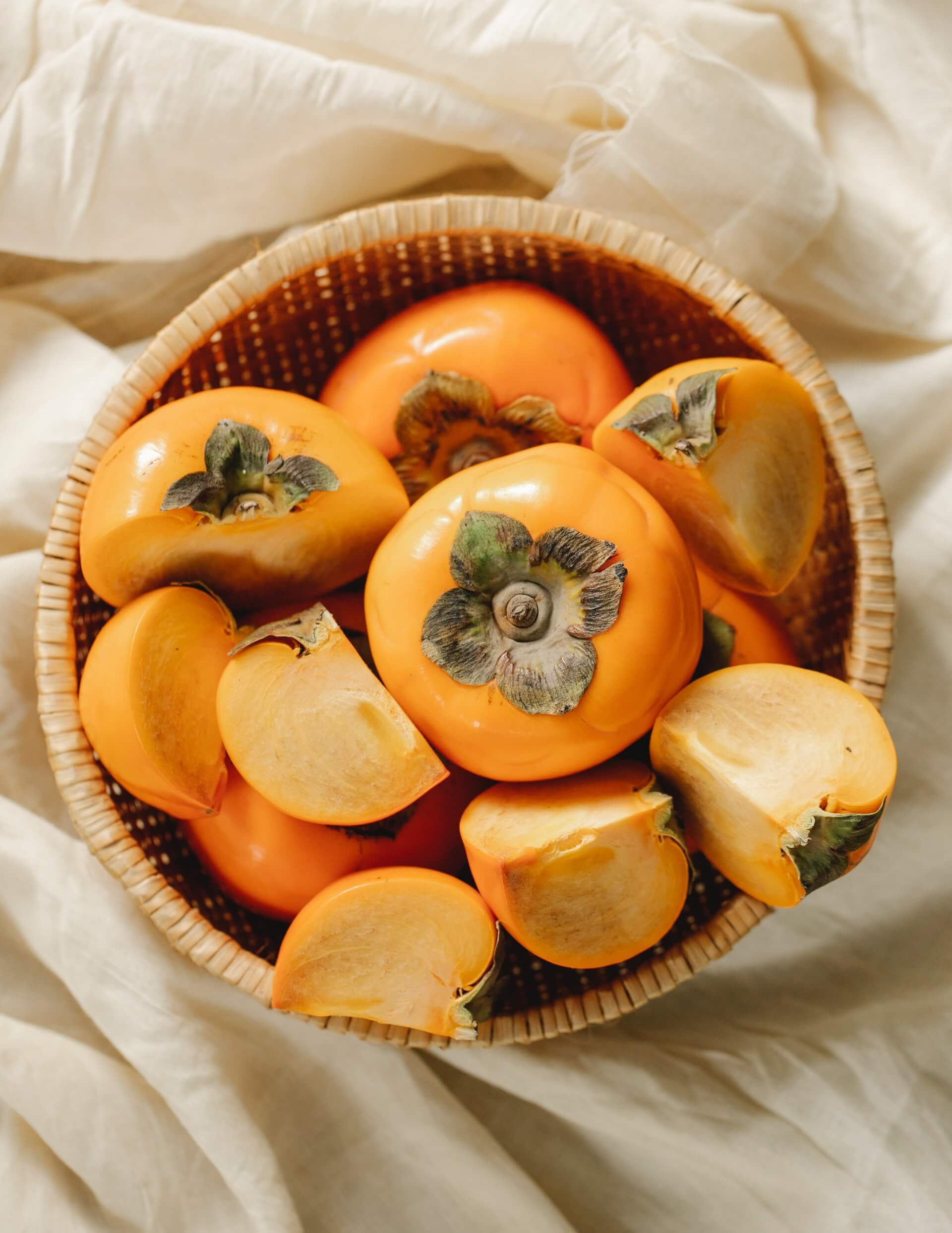
When growing persimmons at home, it is important to provide the tree with full sun and to protect it from frost. Persimmon trees are deciduous and can be grown in pots or in the ground. They can be fertilized with a balanced fertilizer during the growing season, and pruned in late winter or early spring before new growth begins.
It is important to note that persimmon trees can take several years to bear fruit, so patience is key. Moreover, the tree may grow up to 40ft in height so make sure you have enough space in your background to accommodate the large tree.
Check out this video to learn more about growing persimmons by yourself!
What do persimmons taste like?
The flavor of persimmons can also be affected by how they are prepared. Fresh persimmons have a light, fruity flavor, while dried persimmons are sweeter and more concentrated. Persimmons can also be used in baking and cooking, where they can add a sweet and slightly tangy flavor to dishes.
Persimmons have a unique taste. The ripe ones are usually very sweet whereas the unripe ones may be a bit tangy. The texture of persimmons is similar to a firm, juicy tomato. The flavor can vary depending on the type of persimmon, whether it is a Fuyu or a Hachiya, and the level of ripeness.
The most common type of persimmon is the non-astringent persimmon (Fuyu), which can be eaten firm or soft. It has a sweeter taste, compared to Hachiya persimmons. The texture of Fuyu persimmons is quite similar to an apple or an apricot.
The astringent persimmon, also known as the "Hachiya" persimmon, should fully ripen before consumption. When fully ripe, Hachiya persimmons sweet, juicy, and slightly tangy taste. The texture is soft and the flesh is a deep orange color. If you consume an unripe Hachiya persimmon, you will notice that it has a rather chalky flavor than a sweet flavor. This is because the astringent varieties contain a high amount of tannins.
Overall, persimmons have a unique taste that is hard to compare with other fruits, but it is a combination of sweetness, tanginess, and slight astringency.
How do you eat persimmons?
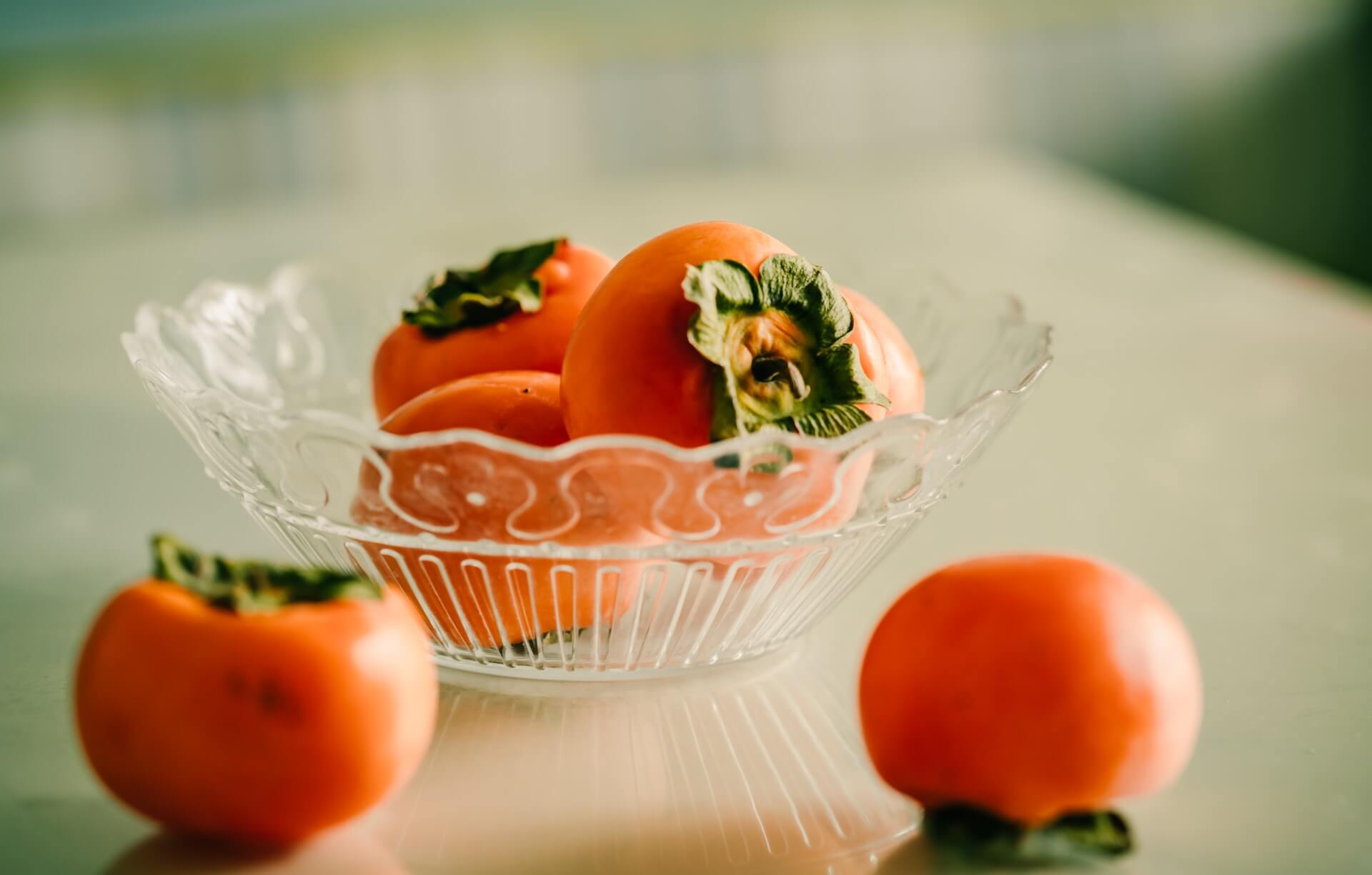
Persimmons can be eaten in a variety of ways, depending on the type and ripeness of the fruit. You can eat them raw or dry them using a dehydrator. You can also use persimmons in your baked goods or in smoothies.
You can cut off the top part or you can pull it out using your fingers. Since persimmons usually do not have a lot of seeds, you can eat them like an apple. If the persimmon is really ripe, you can just scoop out the flesh with a spoon. You can also slice them into small pieces.
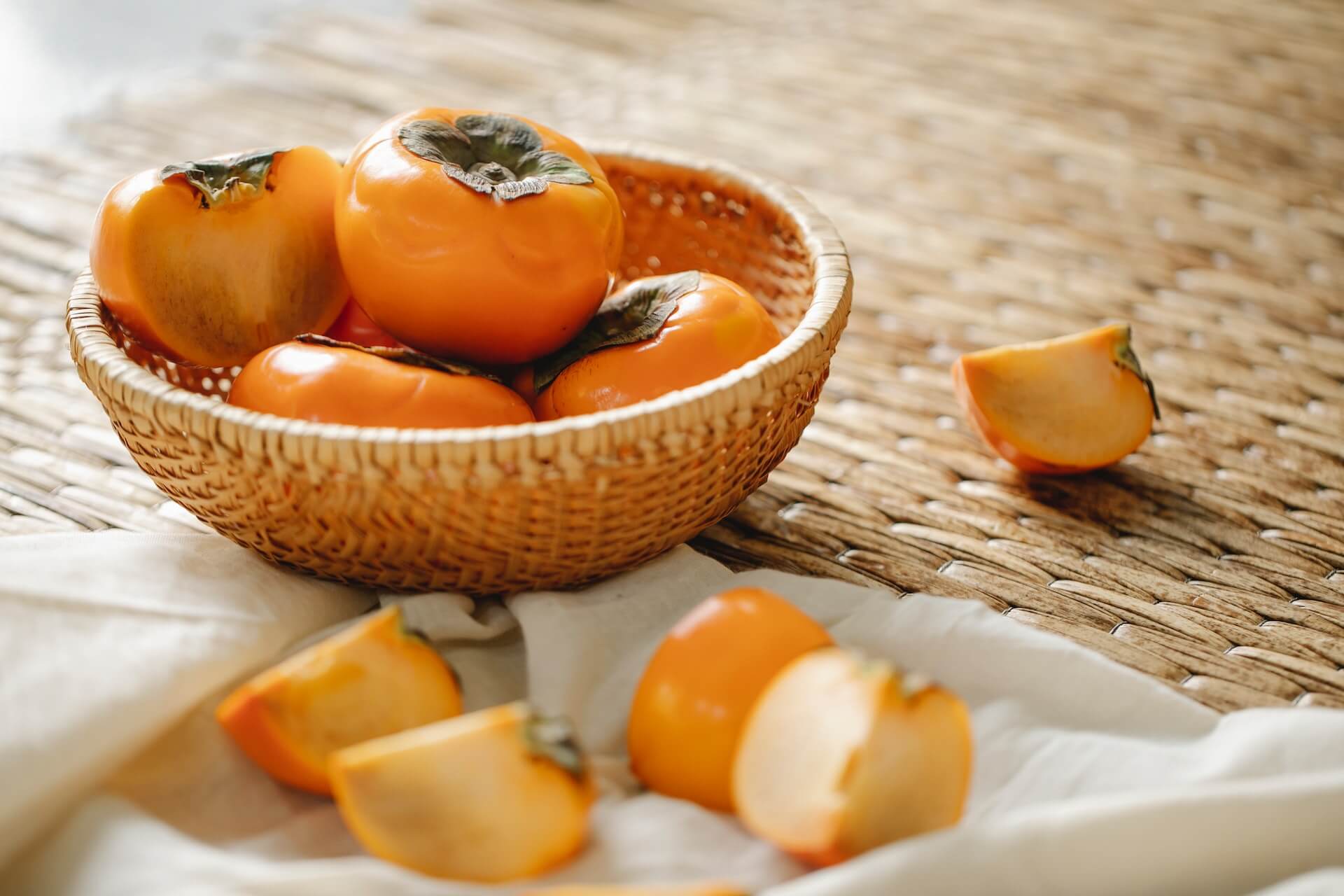
Here are a few ways to eat persimmons:
Fresh: Simply cut the persimmon in half, scoop out the seeds (if any), and eat the flesh with a spoon. You can also mix it with cottage cheese or yogurt.
Dried: Persimmons can be dried and eaten as a sweet and chewy snack. To dry persimmons, slice them and lay the slices on a drying rack or on a baking sheet in a warm, dry place. You can use dried persimmons instead of chocolate chips in cookies.
Baked or cooked: Persimmons can be used in baking, such as in cakes, loaves of bread, cookies, and pies. They can also be used in savory dishes, such as soups and stews.
Salads: Fuyu persimmons can be added to green salads for a touch of sweetness and color.
Juice or Smoothies: Persimmons can be blended with other fruits to make juice or smoothies.
Pudding: Persimmon puddings are quite delicious. The pudding is soft, moist, and quite dense. You can serve it with ice cream or whipped cream on top.
It's important to note that when eating astringent persimmons (Hachiya), they should be fully ripe. If they are not ripe, they can taste very bitter, and chalky and may ruin your appetite!
When are persimmons ripe?
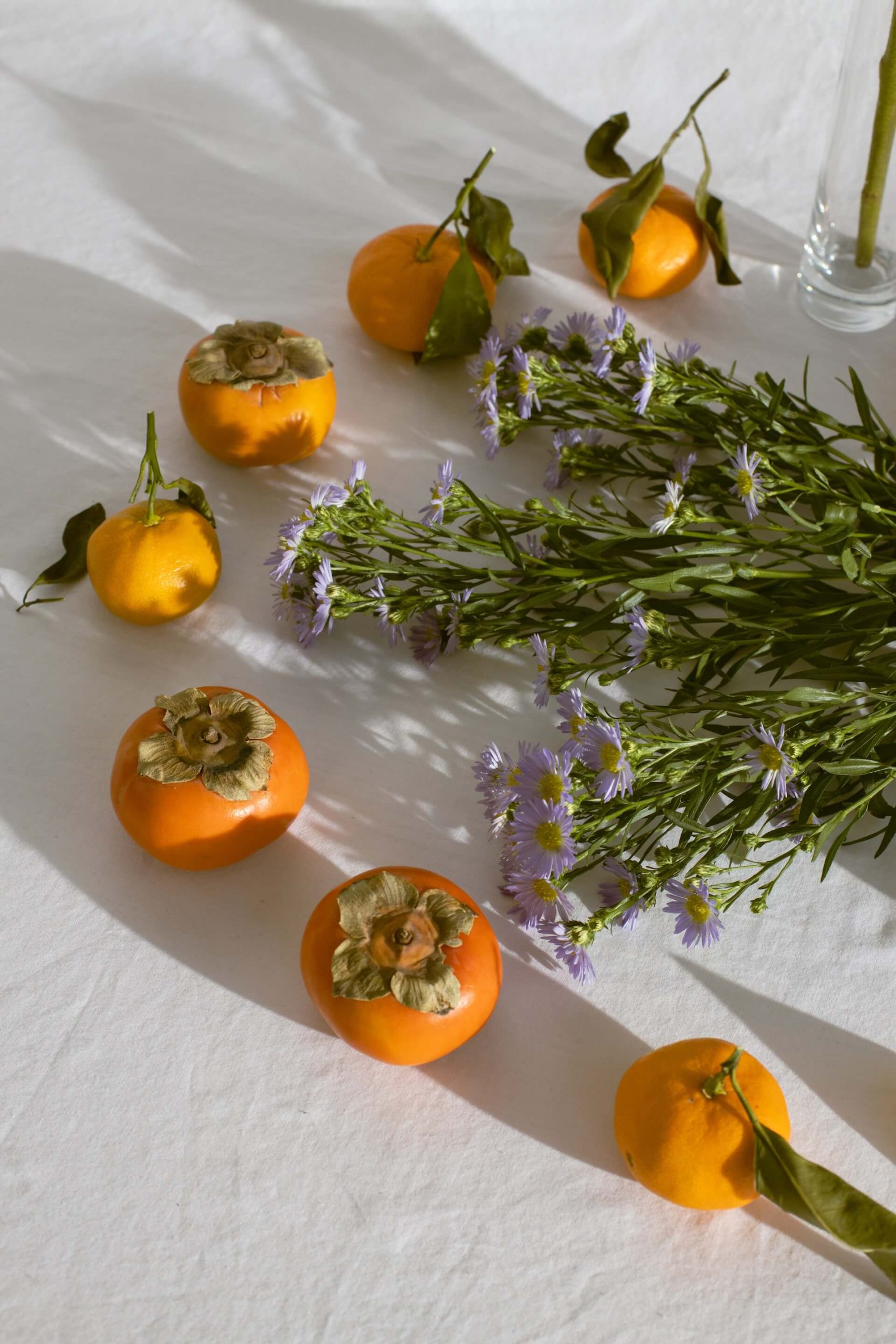
The best way to tell if a persimmon is ripe depends on the type of persimmon. For astringent persimmons, you can tell if it is ripe by checking its texture.
Astringent persimmons should be fully ripe and soft to the touch before they are eaten. The skin should be glossy and the flesh should be slightly yielding when gently pressed.
For non-astringent persimmons, also known as Fuyu persimmons, you can tell if it is ripe by checking their color and firmness. Fuyu persimmons should be a deep orange color, and the flesh should be slightly firm but not rock-hard. They are edible when they are hard. As they ripen, they become softer and sweeter.
Another way to tell if a persimmon is ripe is by its stem. If the stem is brown, it is probably ripe. If it is green, it may not be completely ripe. It is important to note that you should avoid eating persimmons that are overripe, as they can become mushy and develop a fermented taste.
What can you do with unripe persimmons?
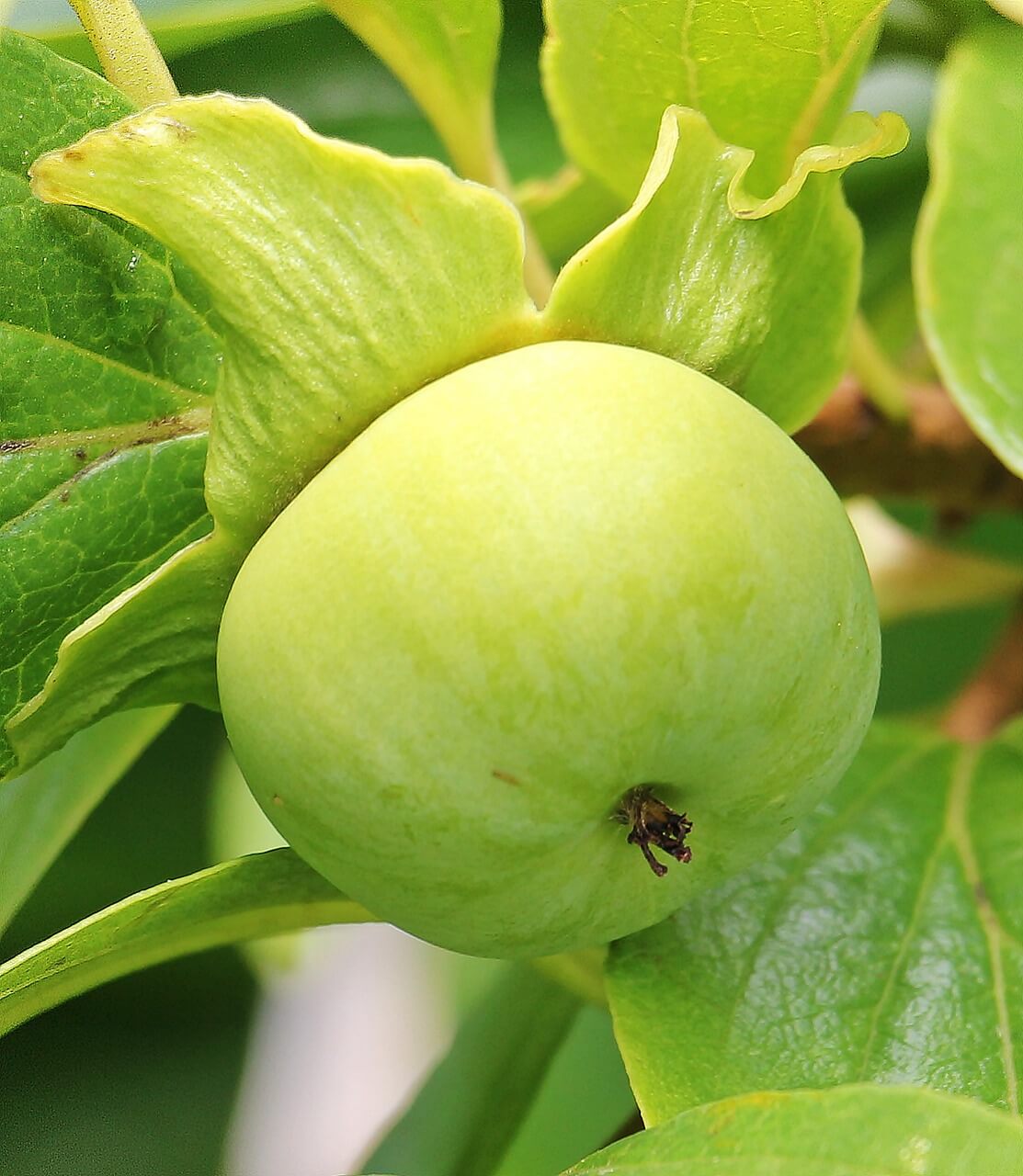
Unripe persimmons, also known as astringent persimmons, are not edible due to their high tannin content which makes them taste very bitter and astringent. However, there are a few things that you can do with unripe persimmons:
Allow them to ripen: Place unripe persimmons in a paper bag with an apple or banana, which will release ethylene gas and speed up the ripening process.
Check on them every few days until they are soft and ripe.
Make jelly or jam: Unripe persimmons can be used to make jelly or jam. The jelly or jam will be less sweet than if made with ripe persimmons but still delicious.
Dry them: Unripe persimmons can be dried and used as a garnish or a decorative element.
Cooking or baking: Unripe persimmons can be used in cooking or baking, savory dishes such as soups, stews, or curries, where the astringency of the persimmon can add depth of flavor.
Composting: If you have too many unripe persimmons and don't know what to do with them, you can add them to your compost pile.
Keep in mind that non-astringent persimmons (Fuyu Persimmons) are edible when they are hard and can be eaten like an apple.
What is the best time to eat persimmons?
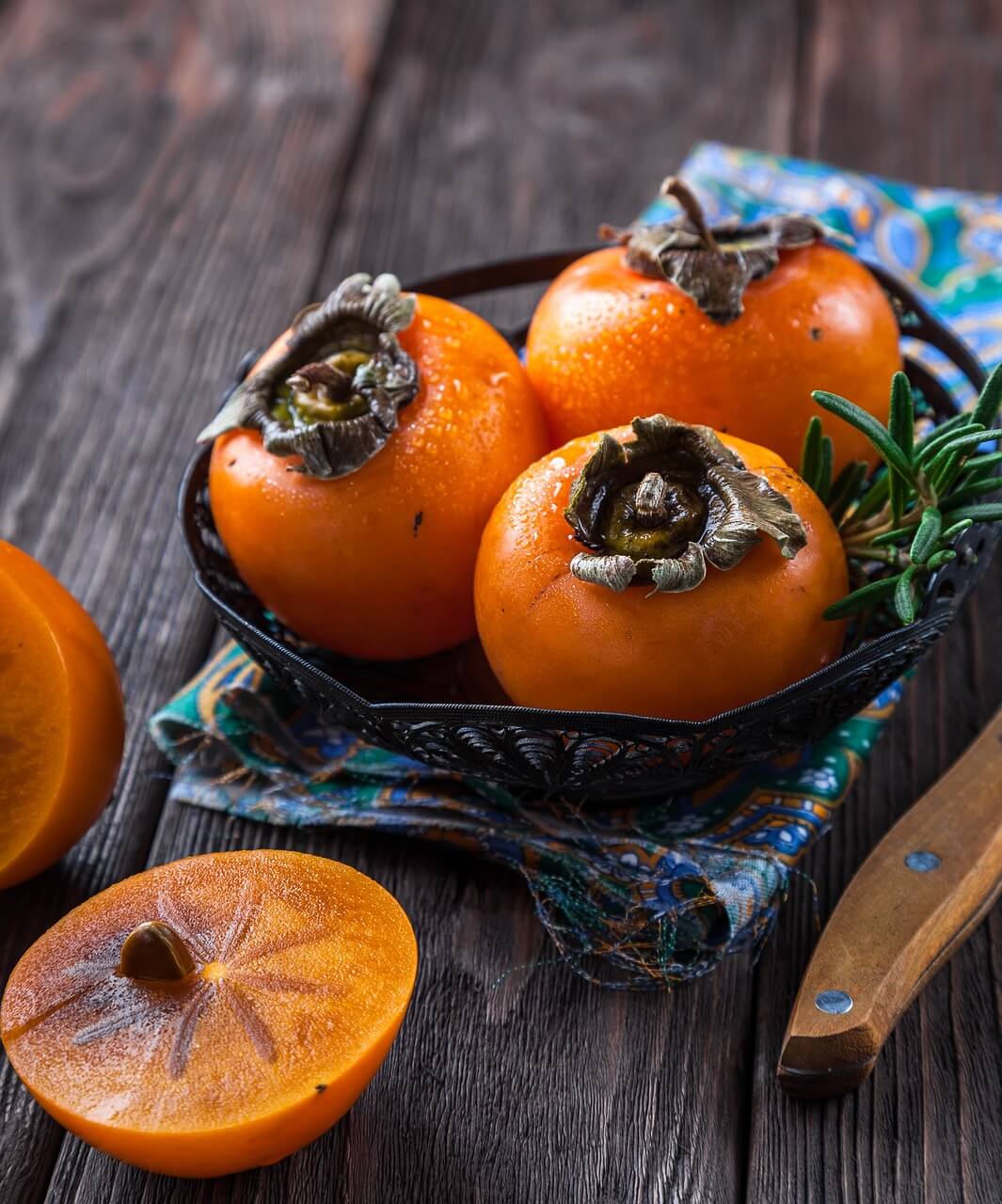
The best time to eat a persimmon is when it is fully ripe. A ripe persimmon will be soft to the touch and will have a sweet, slightly tangy flavor. If the persimmon is not yet ripe, it may be astringent and not very palatable.
You can speed up the ripening process by placing the persimmon in a brown paper bag with an apple or banana for a day or two.
Since persimmons are a seasonal fruit, it is best to have them during the fall time to avoid eating unripe ones.
Can persimmons be eaten on an empty stomach?
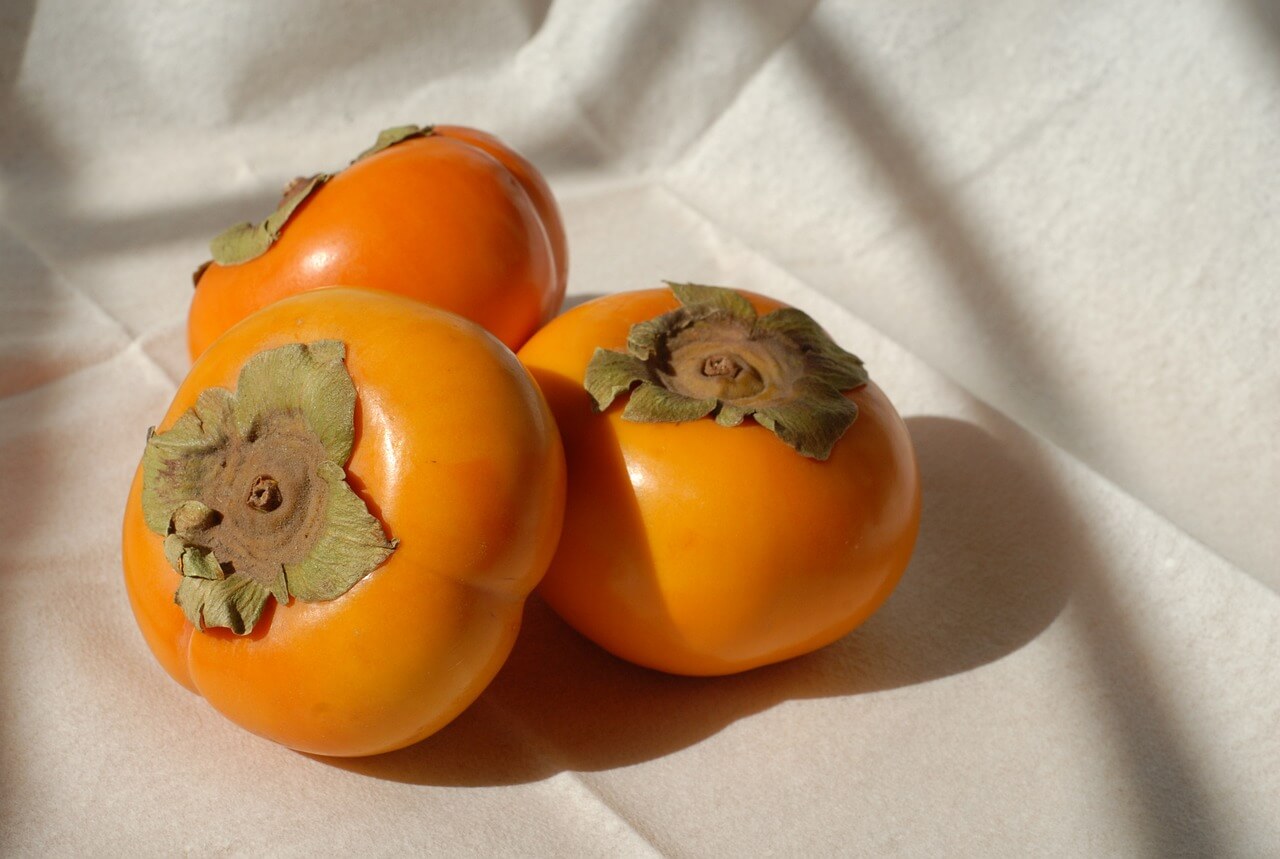
The best time to eat a persimmon is when it is fully ripe. A ripe persimmon will be soft to the touch and will have a sweet, slightly tangy flavor. If the persimmon is not yet ripe, it may be astringent and not very palatable. You can speed up the ripening process by placing the persimmon in a brown paper bag with an apple or banana for a day or two.
Final Thoughts
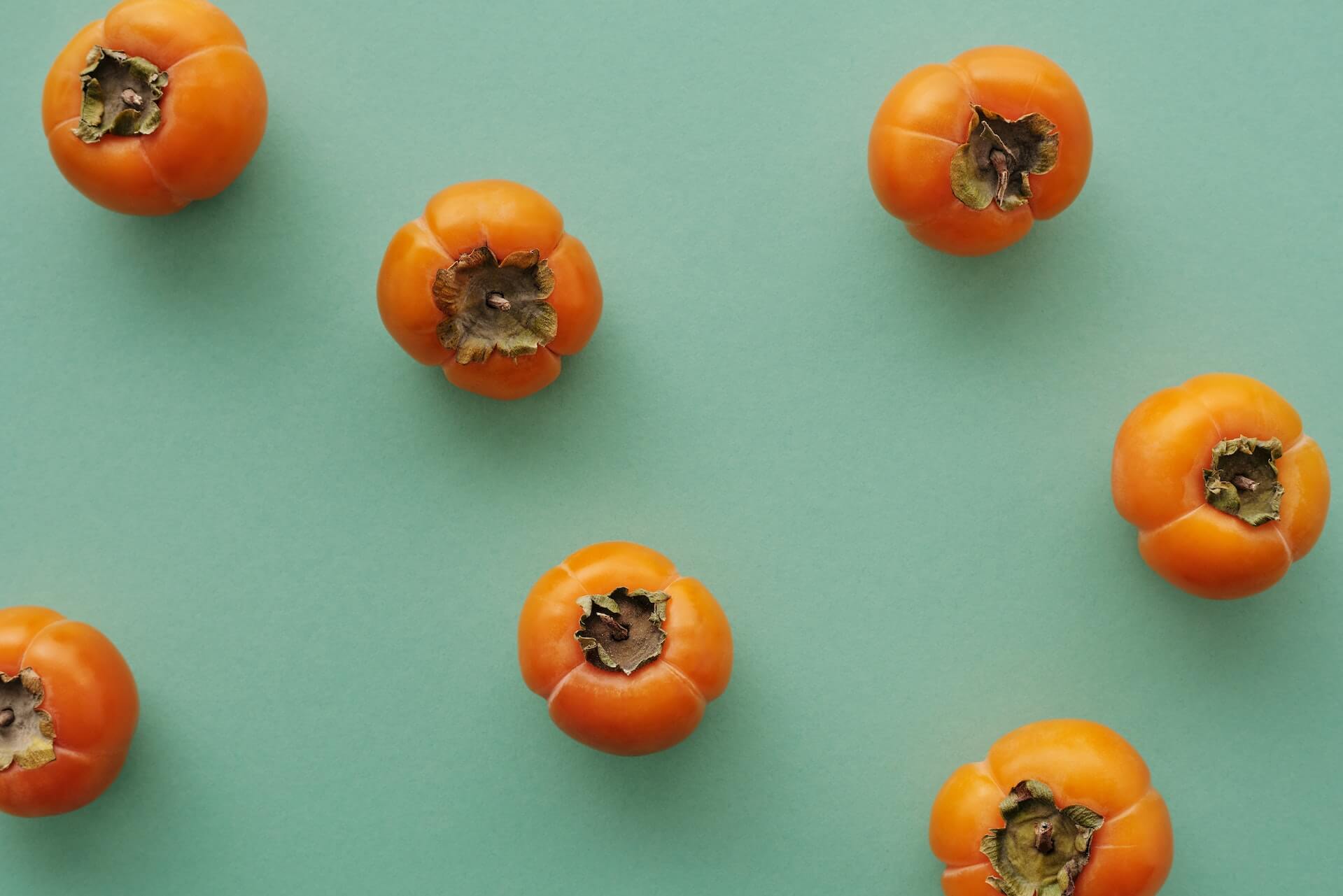
Persimmons are my all-time favorite fall fruits. I like the sweet and unique flavor of persimmons. I also like the fact that they can be eaten in a number of ways, be it in a smoothie, cookie, or even a salad.
Another thing I like about this fruit is that it is full of nutrients and healthy vitamins. It does not contain any core or seeds which makes it really easy to eat, especially when you are in a rush.

